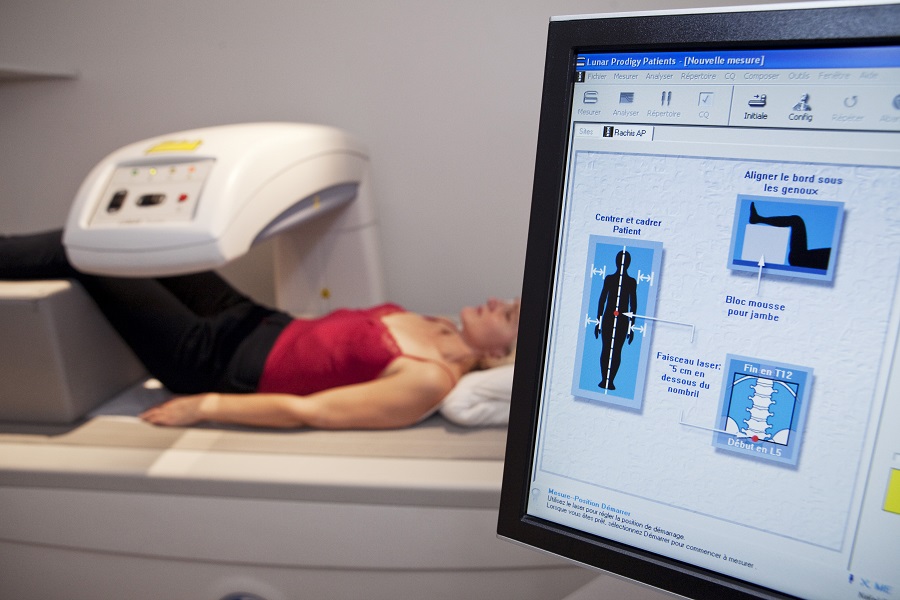Bone Density Scans – Why They Should Be a Priority

What is bone density testing? Why should you ask your doctor about getting one? This easy scan is important for health and quality of life. Bone density scans are the "gold standard" or most accurate test to diagnose osteoporosis, a decrease in bone mass and quality making bones more prone to fracturing. Fractures can lead to hospitalization, rehabilitation and poorer quality of life.
In the United States, more than 53 million people already have osteoporosis or are at high risk due to low bone mass. Bone density scans are the "gold standard" or most accurate test to diagnose osteoporosis, a decrease in bone mass and quality making bones more prone to fracturing.
Fractures are a major cause of disability and suffering due to pain, loss of function and reduced mobility. Fractures can lead to hospitalization, rehabilitation and poorer quality of life.
Even if you feel healthy, even if you’re active, even if you had a negative scan before, and even if you only have a few risk factors, having a bone density test is important to your health and quality of life.
Bone density testing is your next step.
What is Bone Density Testing?
Also called dual-energy X-ray absorptiometry (DXA), or DEXA scan, the bone density test measures the thickness and strength of bones in your spine and hips. By looking at the results and risk factors, your future risk for fracture can be determined. This quick and painless test is performed on a machine called a bone densitometer and is very similar to having an X-ray performed while lying down. While radiation is involved, the amounts are less than a mammogram.When is a DEXA Scan Recommended?
Below are reasons to have a DEXA scan:- To detect osteoporosis before a bone fracture occurs
- To establish a baseline for perimenopausal women who will soon lose the bone-protective properties of estrogen due to menopause, especially when other risk factors are present
- To determine changes in bone density when the test is repeated over time to help make treatment decisions
- To monitor the effects of treatment over time
Who is Testing Recommended for?
Testing is recommended for:- Postmenopausal women under age 65 who have one or more additional risk factors for osteoporosis (other than menopause)
- Women ages 65 and older regardless of additional risk factors
- Men over the age of 70 (check on insurance coverage)
- Adults ages 50 and older who have a low-impact fracture
- Women who are considering therapy for osteoporosis if testing would change the decision
- Women who have been on long-term hormone replacement therapy
- Women and men on medicines known to affect the bones (e.g., glucocorticoid (steroid) therapy, aromatase inhibitors, Depo Provera)
- Those with diseases, conditions and medications associated with low bone mass or bone loss
What Happens During a Bone Density Scan?
The entire scan takes about 30 minutes. It’s easy, painless and noninvasive.- Don’t take any calcium supplements at least 24 hours prior to your appointment. This includes multivitamins and antacids.
- Leave jewelry and metal items (e.g., belt buckles, zippers) at home as metal interferes with the scanning process.
- You will be positioned on an X-ray table on your back. Your legs will be supported on a padded box, which helps to flatten the pelvis and lower spine.
- Pictures of your lower back and hip bones will be taken.
- The computer will calculate the bone mineral content and bone mineral density, which will then be checked and verified by a physician.

